We may earn money or products from the companies mentioned in this post. This means if you click on the link and purchase the item, I will receive a small commission at no extra cost to you ... you're just helping re-supply our family's travel fund.

Crossing the border into Canada feels like opening a door to a world of breathtaking landscapes and vibrant, welcoming cities. But before you can immerse yourself in its beauty, there’s one important step: customs. The Canada Border Services Agency (CBSA) protects the country’s unique environment and economy. Understanding what to leave behind is the best way to ensure your arrival is smooth and stress-free, letting your incredible Canadian adventure begin without a single hitch.
1. Cannabis
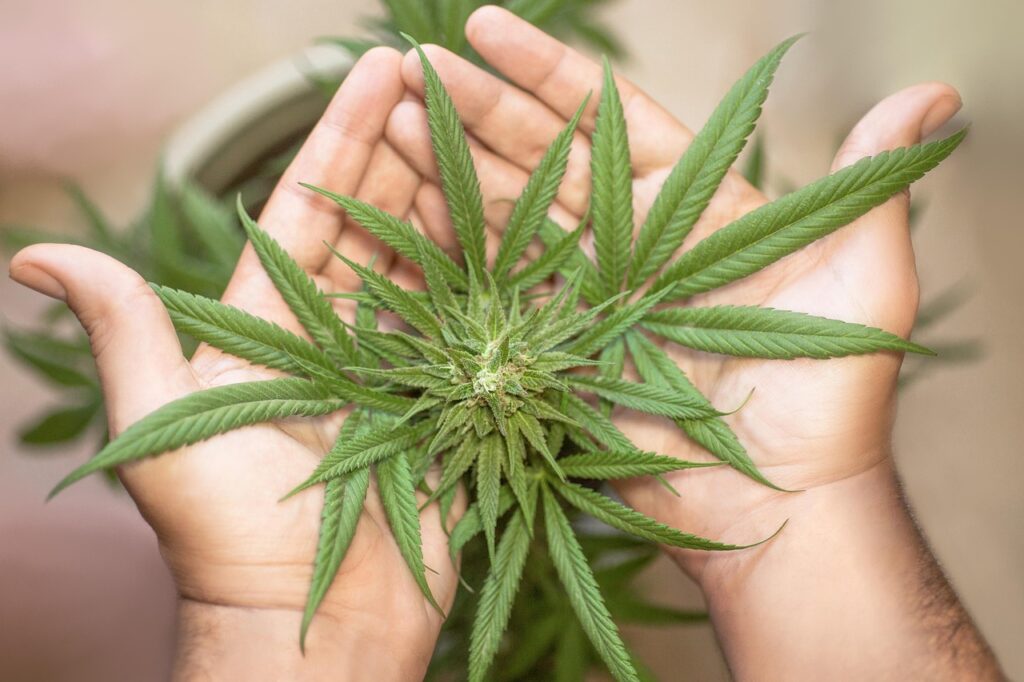
This is the single most confusing rule for many travelers. While cannabis is legal for adults within Canada, it remains strictly illegal to carry it across the national border in any form. This includes edibles, oils, or CBD products, even if you are arriving from a U.S. state where it is also legal. Federal law supersedes local law at the border crossing. Don’t risk it; purchase your legal cannabis products after you have successfully cleared customs.
2. Most Fresh Fruits and Vegetables
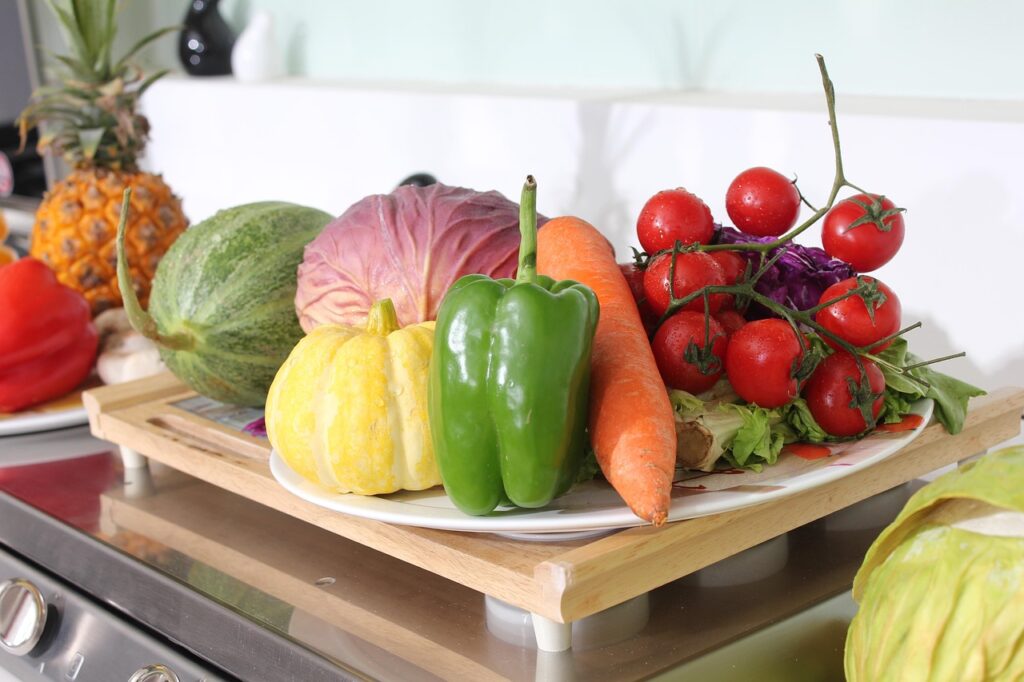
That perfect apple or bunch of grapes might seem like a harmless road trip snack, but it can carry unseen threats. A single piece of fruit can harbor invasive insects or microscopic plant diseases that could devastate Canada’s agricultural industry. To protect the nation’s farms and delicate ecosystems, it is best to leave all fresh produce behind. Canned and dried goods are generally fine, but when it comes to fresh, buy it once you’re there.
3. Undeclared Firearms and Weapons

Canada’s firearm laws are fundamentally different and much stricter than those in the United States. You must declare all firearms to the CBSA upon arrival. Most handguns and many types of semi-automatic rifles are prohibited outright. It’s also critical to know that many items you might not consider weapons, such as pepper spray and certain types of knives, are illegal to import. Research the specific rules for your items long before your trip to avoid seizure and serious penalties.
4. Firewood

A crackling campfire is a core part of the Canadian outdoor experience, but you cannot bring your own wood to fuel it. Firewood can transport invasive species like the emerald ash borer, an insect that has destroyed tens of millions of trees across North America. To protect the magnificent forests you came to see, you must buy your firewood locally. The rule is simple and vital: buy it where you burn it.
5. Most Meat and Dairy Products
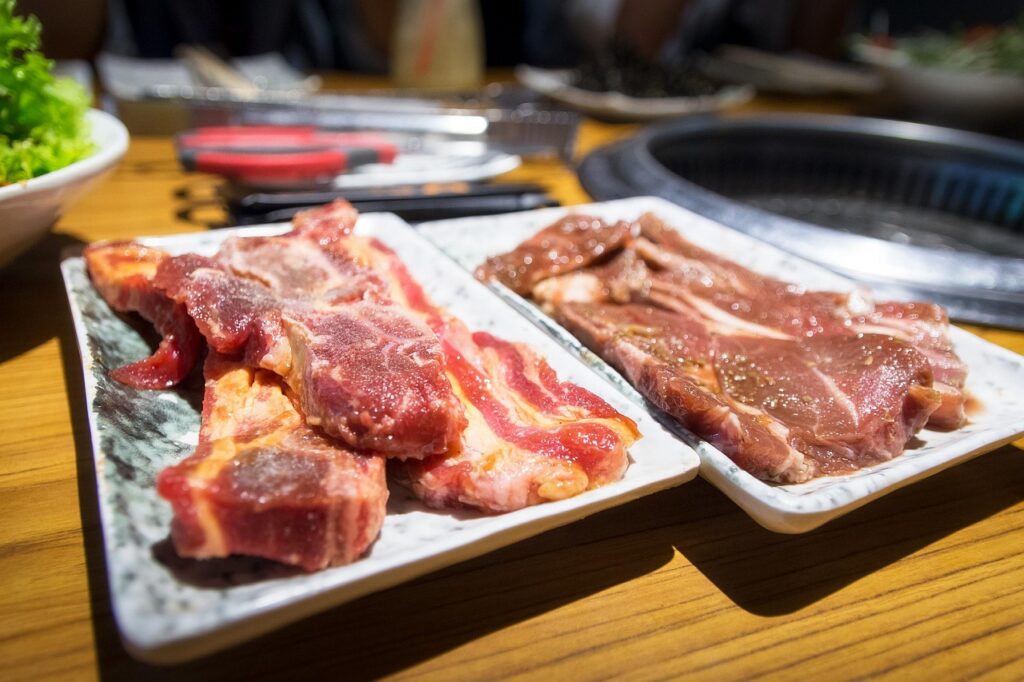
To prevent the introduction of serious animal diseases, Canada heavily restricts the import of meat and dairy. That homemade lunch with deli meat, a gift of artisanal sausage, or even a carton of milk can be a problem. While there are a few exceptions for commercially packaged and shelf-stable products from the U.S., the regulations are complex. It is far easier and safer to simply plan on exploring Canada’s own excellent farmers’ markets and grocery stores.
6. Soil, Plants, and Seeds
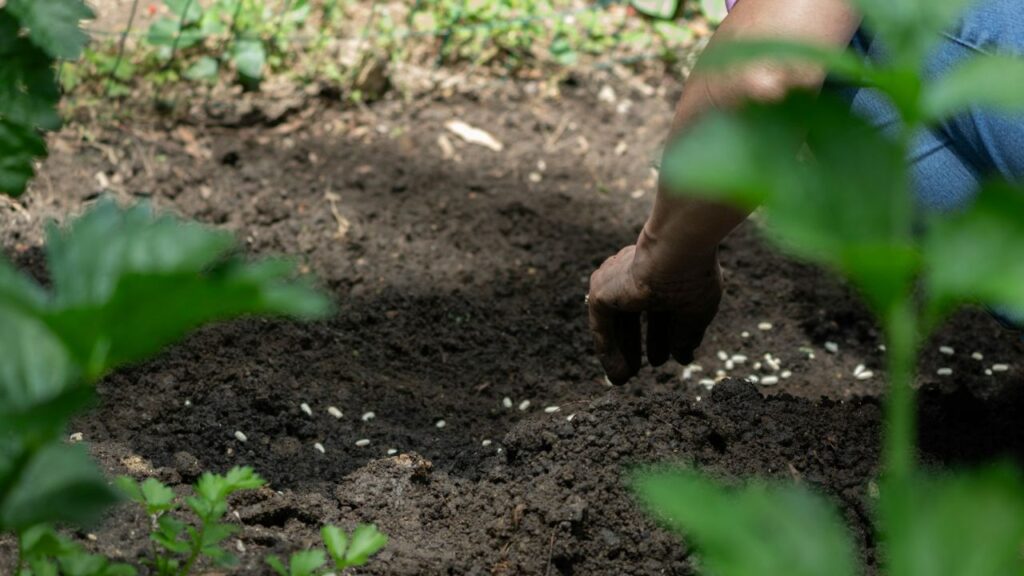
Bringing plants across a border is a complicated affair that almost always requires special import permits. This is because soil and plant matter can hide a multitude of invasive pests and diseases. The rule extends beyond just potted plants; it includes things like handmade crafts containing straw or bark, and even hiking boots caked with foreign soil. Ensure your gear is clean, and leave the greenery at home to protect Canada’s native flora.
7. Undeclared Currency Over CAD $10,000

You are free to bring as much money as you wish into Canada. However, you are legally required to declare it to the CBSA if you are carrying currency or monetary instruments valued at CAD $10,000 or more. This is not for tax purposes. This law is an international measure to help prevent money laundering and the financing of criminal activities. Declaring it is a simple, straightforward process that keeps you compliant with the law.
8. Many Types of Pet Food

Traveling with your furry companion requires careful planning, especially when it comes to their food. Canada restricts many pet foods, particularly those with beef or lamb ingredients, to prevent the spread of diseases like BSE (mad cow disease). While you can generally bring a small, commercially packaged bag for your personal pet if arriving from the U.S., it is often much simpler to purchase a bag from a Canadian retailer once you arrive.
9. Used or Secondhand Mattresses

This is an unusual rule that catches many people by surprise, particularly those who are moving. To stop the spread of pests like bed bugs, you cannot import a used mattress unless it has been professionally cleaned and you have a certificate proving it. Without that official documentation, the mattress will be turned away at the border. It’s a strict but necessary measure to protect public health.
10. Prohibited Consumer Products
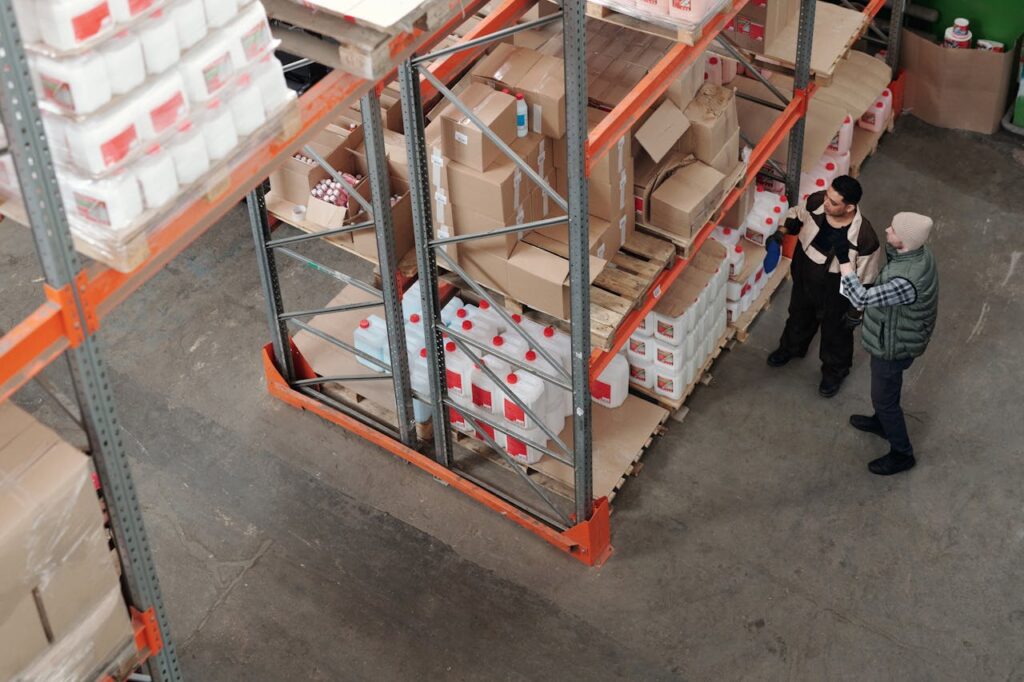
Canada maintains its own rigorous safety standards for consumer goods, and some products that are legal in other countries are not permitted. This includes items like baby walkers, certain infant self-feeding devices, and car seats that are not certified to meet Canadian safety specifications. Before traveling with specialized gear, especially for children, a quick check of Canada’s import regulations is a wise and responsible step.
11. Be Careful With Prescription Medications
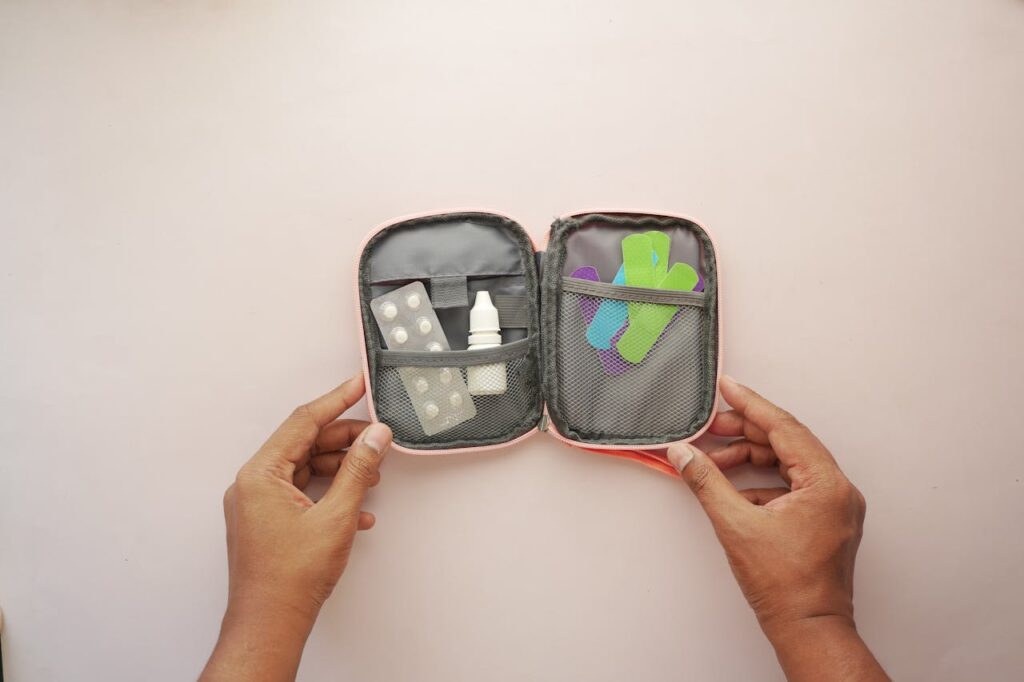
Prescription drugs that are perfectly legal in the U.S. might be controlled or restricted in Canada. Always keep medications in their original labeled containers and bring a copy of your prescription. It’s also smart to travel with only what you personally need for the duration of your trip. This simple precaution helps you clear customs smoothly and avoids any unnecessary complications.